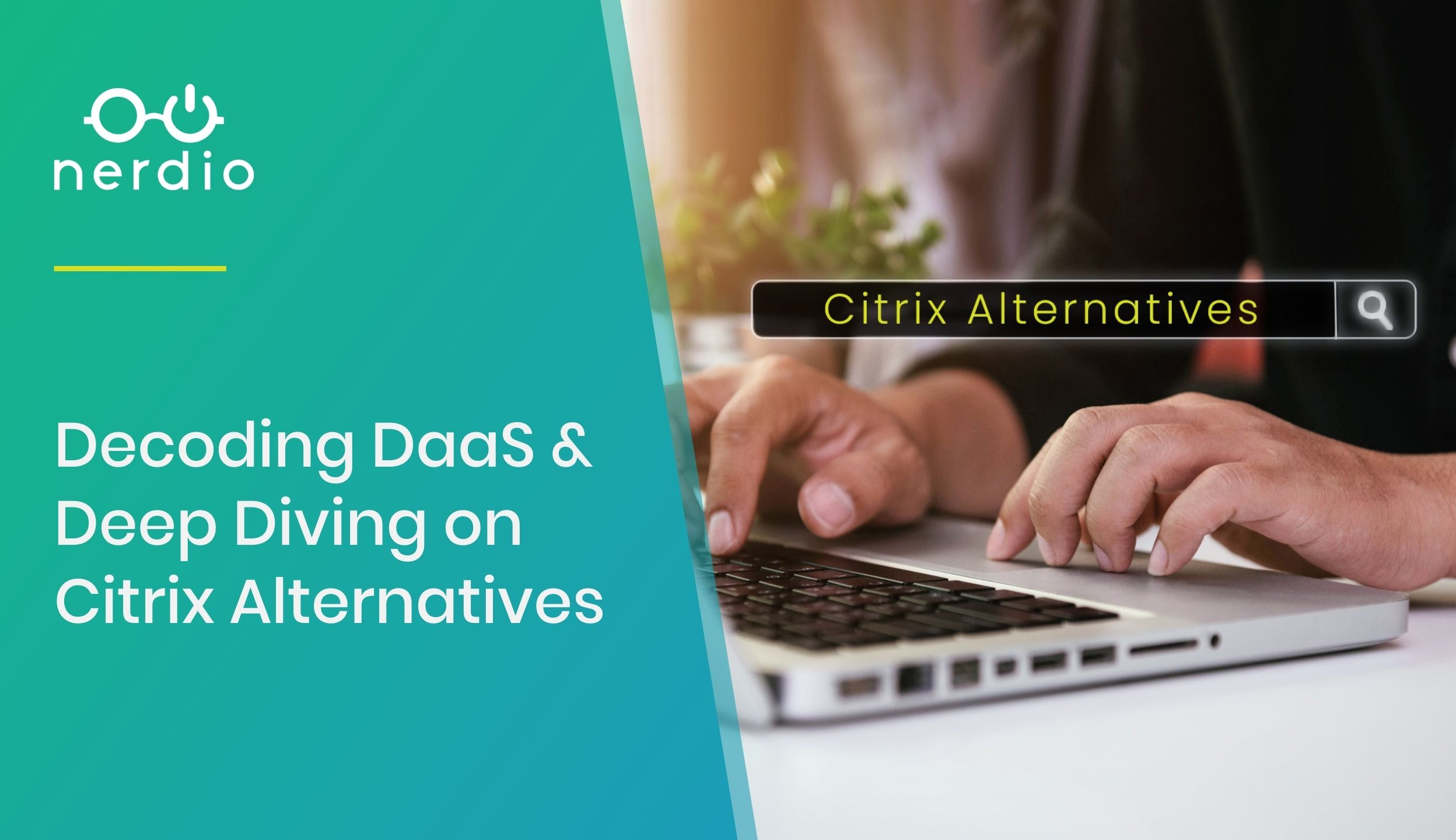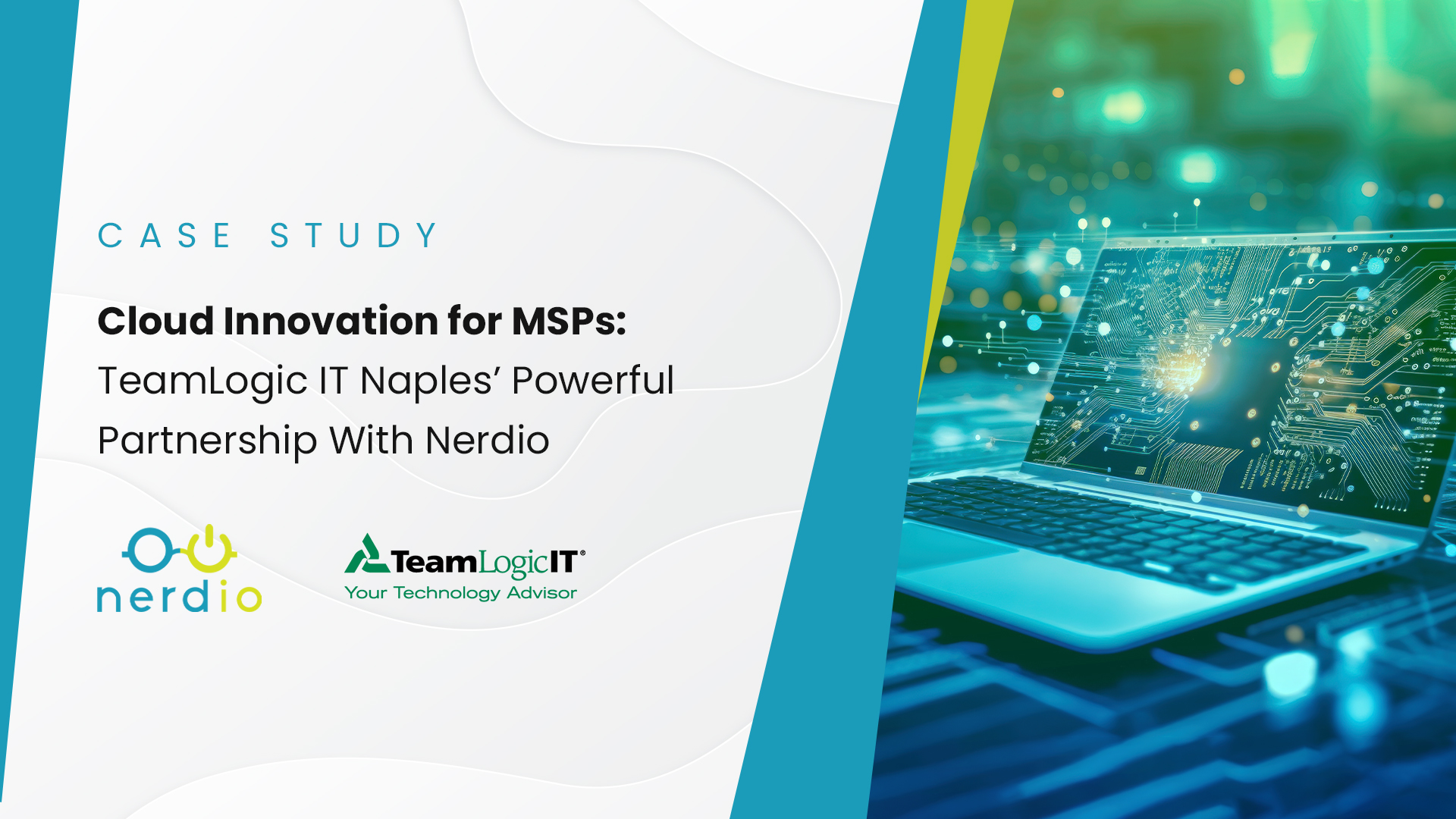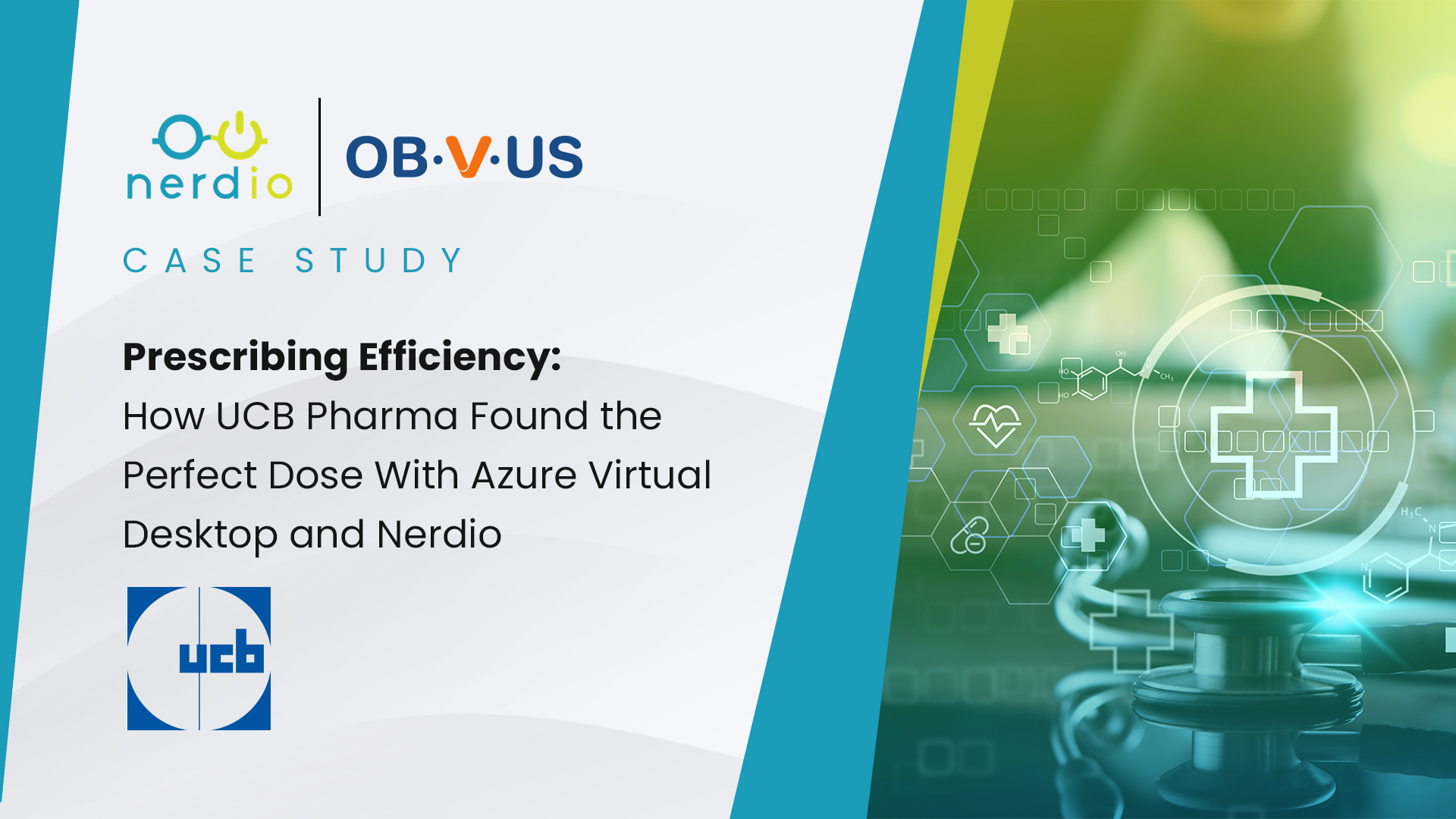Using Nerdio to Manage Existing Microsoft Azure Deployments
The Nerdio Admin Portal (NAP) is a multi-tenant, single-pane-of-glass portal that allows MSPs to manage all of their Azure deployments securely in one place and across all aspects of the IT environment. The NAP can manage VMs, storage, networking, backup, autoscaling, users, virtual desktops, Office 365, mailboxes, security, and much more – all in a […]
Microsoft Drops the Cost of Licensing Azure Virtual Desktop (AVD) Deployments by 25%
Although not the case in every single deployment scenario, for the vast majority of Azure Virtual Desktop (AVD) deployments for SMBs, Microsoft has dropped the price by 25%! As most Managed Service Providers (MSP) cater to the SMB market, this recent development will significantly decrease the cost per-user for the majority of their AVD deployments. Here, we discuss real-world virtual desktop deployments, the licensing needs of such deployments, and how a […]
MJFChat: Azure Virtual Desktop: What’s In It For Me? – Audio Now Available
Audio now available here
What’s New at Nerdio? June 2019
Today is a big day at Nerdio and it has nothing to do with finding a new partner, attending a great peer-to-peer group, or recording a webinar. It isn’t about a new product feature or a different way to use our product, either. It’s about helping you. At Nerdio, our mission is to enable Managed […]







